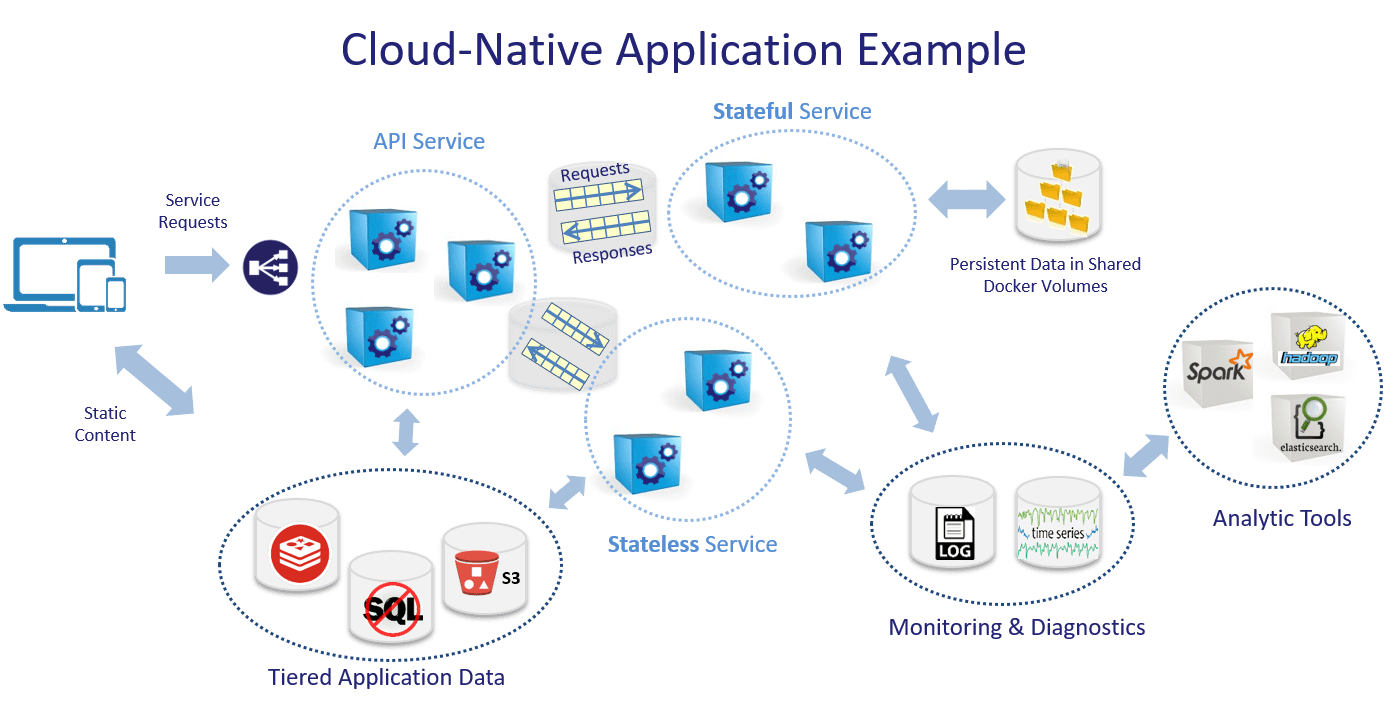VMware on AWS: A Scorecard for Winners and Losers
Yaron Haviv | November 15, 2016
Last month Amazon and VMware announced a partnership which will enable VMware software to run on a dedicated space within Amazon cloud. This unnatural act is mainly due to Azure which is getting stronger, it is the only cloud provider with a real hybrid cloud story. The same exact software stack which was initially limited to a few hardware vendors like HP, Dell and Lenovo, can now run on-prem,
The public cloud is rapidly growing, running cloud-native workloads used by many of the new companies and startups. But major enterprises are still hesitant and use it for development and testing. Amazon, Microsoft and Google want to accelerate the enterprise's move to the cloud by offering a “Hybrid” approach to ease this migration.
The biggest issue is that public and on-prem clouds are quite different creatures. On-prem focus on IT and virtual machines, while the public cloud is focused on services and APIs for developers and modern apps. Azure has a cohesive stack with the same services running on-prem and in the cloud, while this “AWMware” combination is basically made of two unrelated stacks.
As I wrote before, the IT world is going through a radical change. Analysts have called it a “digital transformation," “application modernization,” “the 3rd platform”... In essence it’s about building globally distributed cloud-native apps that are not tied to terminals and stand-alone VMs. It’s about stateless and elastic apps in micro-services that serve local or mobile users which constantly share and analyze data. The VMware/AWS move just delayed this transition for enterprise customers. They will tell their bosses “we are cloud-native,” when in fact they are just remotely hosted legacy IT.
Amazon makes it very clear in its blog: “You’ll also be able to take advantage of AWS migration tools.” This simply means it wants VMware customers to start using more AWS services. They will consume less VMware VMs and vSAN over time, gradually migrating workload to AWS cloud-native services and databases.
Cloud VM prices are racing to the bottom, with even cheaper “spot” instances (temporary VMs). Can VMware compete with AWS VM prices running on the same facility? What extra value can it bring ? Amazon makes its margins by selling services and now has more users for it, leaving the VM hassle to VMware (and getting hosting fees for it).
A quick analysis of VMware assets: vSphere, vCenter, vSAN, NSX, vRealize. Seems like vSphere and vSAN have no unique value compared to cloud alternatives. Hypervisor and virtual disks are transparent to the user, not to mention that cloud-native apps are stateless. vCenter has a lot of fans and is simple to use, but over time people will use management abstraction layers across multiple cloud APIs to avoid cloud vendor lock-ins and workload migration.
Seems like NSX is quite unique in its ability to bridge and secure networking between on-prem and the public cloud. The question that remains is whether and how it can fit vRealize to this story, as many organizations have made significant investment in it and it can serve as a multi-cloud management platform. Maybe VMware wants to become a cloud management software company, ditching the hypervisor?
So, checking the score card:
- Azure and Amazon can now get more customers and accelerate enterprise migration to the cloud
- Dell (VMware parents), HPE et al will lose business to the cloud faster
- VMware and its customer will win in the short run, as it can now easily migrate to the cloud, but over time it will use the native cloud offering as it is more integrated, cheaper and cloud-native. VMware just stalled those customers from moving to modern cloud-native architecture.
- IBM and Oracle lost the opportunity to grab those customers into their “Hybrid” solutions and will lose software licenses to AWS.



